Why You’ve Got To Have A Back
it’s a classic bodybuilding cliché, but I’m going to say it anyway “shows are won from the back”. It’s cliché for a reason, there’s a truth in it. Very often you’ll be sitting watching a competition with two or three competitors duking it out for the top spot. The judges are unsure who to go for based on the front or side shots. Finally, the competitors turn to the back and decision for the judges becomes obvious. One competitor is streets ahead of the other when it comes to the back, while another is severely lacking in this department. Lee Haney, Dorian Yates, Ronnie Coleman, Jay Cutler, Phil Heath, and Kai Greene were all great bodybuilders, and although many pretenders challenged them for the top titles, the always won the back shots. So, if you want to do well, you have to have a good back so when the judges call for those rear shots you can stand out or not be brushed aside. It’s not just the back though, competitors need to have a strong posterior chain as well, the glutes, hamstrings and calves all require attention, but that’s an article for a different day (click here to read our article on glute training).
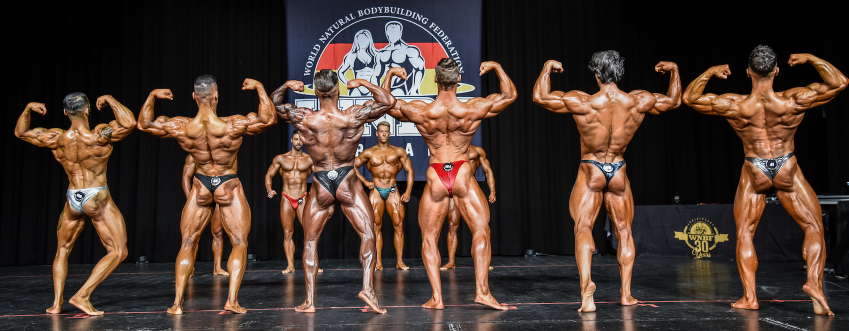
Back Training Considerations
So what’s the deal with back training? Well like legs, the back is one of those body parts that’s often neglected, lagging behind the mirror muscles. As such when it comes to training back, many trainers lack the ability to properly train it and they often lack the ability to engage the muscles with a strong mind muscle connect. So, if you’re new to back training be sure to spend the first few months of your back sessions with slow tempo, higher reps focusing on developing a contraction and the feel of training the muscles of the back. Trust me it will serve you well. Now the back muscles are also the largest and most complex muscles in the body, consisting of multiple muscle groups that are responsible for various movements such as pulling, lifting, and stabilising the spine. What this means is back training is the most complex area to train of the body, unlike leg training, chest, or shoulders, which all involve pushing. The back requires far more angles with both horizontal and vertical pulling, alongside trying to minimise the involvement of the arm muscles and in some instances the rear deltoids. With this in mind using monkey hook grips and straps can be a good way to overcome arm involvement. Just be sure to keep training your forearms (click here for the article on arm training). In this article, we’ll discuss the importance of back training, the different muscles in the back, and some effective exercises for targeting each muscle group.
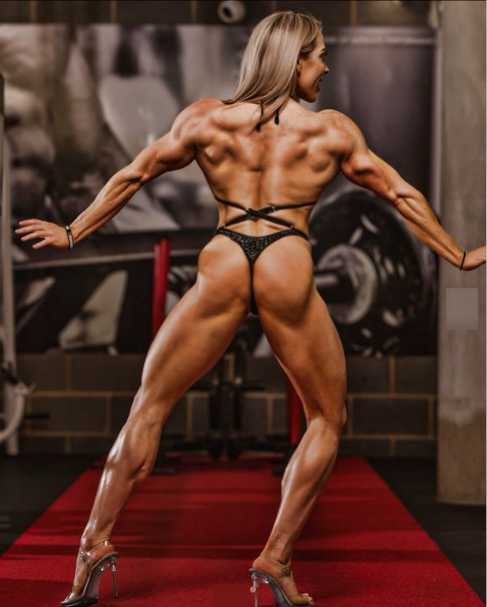
Importance Of Back Training
The back muscles play a crucial role in overall body function, as they are responsible for maintaining good posture, and maintaining spinal health. Neglecting your back training can lead to imbalances and weaknesses in your upper body, which can negatively affect your performance in other exercises such as bench press, shoulder press, and even squat and combat sports. Moreover, those who neglect their back training in favour shoulder and chest regimes tend to develop injuries, not only in the upper and lower back, but also in the shoulders and pecs as a result of excessive rounding the shoulders. In sports like rowing, combat sports like boxing or power sports like rugby or American football, a strong back is also essential to ensure maximal force development, endurance, power and strength.
To achieve a well-rounded physique, it’s therefore essential to train your back from multiple angles, using both free weights and machines. Free weights, such as dumbbells and barbells, are great for developing strength and stability in the back muscles, while machines can provide a more controlled and isolated movement, allowing you to focus on specific muscle groups. The addition of specialist equipment like bands, chains, and kettle bells can also be useful to help target the back in sports specific ways.
Muscles Of The Back

Before we dive into the exercises, let’s look at the different muscles in the back and their functions:
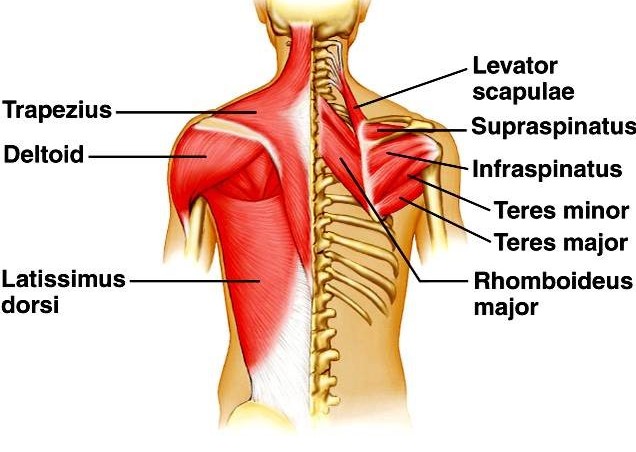
- Latissimus Dorsi (Lats) – The lats are the largest muscle in the back, responsible for adduction, extension, and medial rotation of the shoulder joint. They also play a significant role in pull-up and rowing movements. The larger these muscles are the more impressive your V-taper is likely to be. So lots of pulling and rowing movements are required to develop this area.
- Trapezius (Traps) – The traps are a triangular-shaped muscle that runs from the base of the skull to the middle of the back. They are responsible for shrugging, rotating, and retracting the shoulder blades. If you want to develop a thick and impressive neck, then this is the area you’re going to want to focus on.
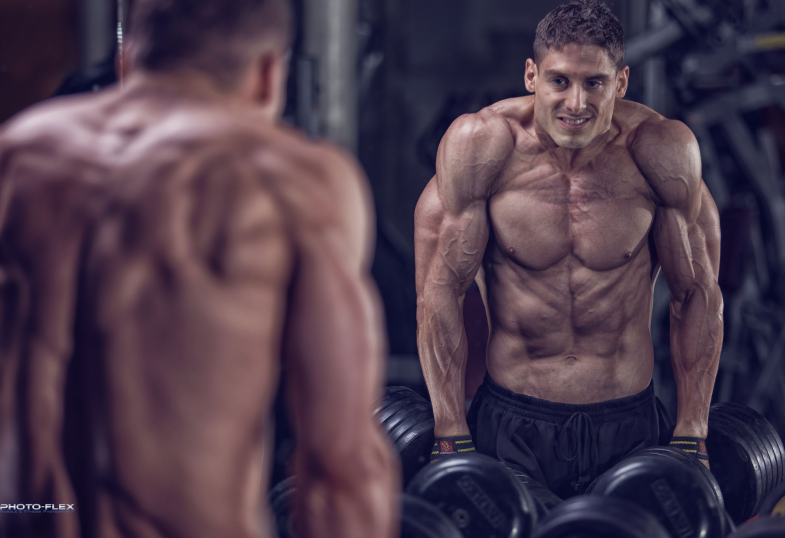
- Rhomboids – The rhomboids are a small muscle group that runs from the spine to the shoulder blades. They are responsible for retracting and stabilizing the shoulder blades and actually sit underneath the trapezius muscles
- Teres Major and Minor – Situated laterally to the Rhomboids and Trapezius, the teres muscles are part of the four rotator cuff muscles which also include the supra and infraspinatus. As part of this complex the Teres Major and Minor stabilise the humoral head, as well as extension and adduction of the arm. Like the Rhomboids above, reverse flying movements are effective in targeting this area.
- Erector Spinae – The erector spinae muscles run parallel to the spine and are responsible for extending and stabilizing the spine. Although you can’t see them since they are hidden by the trapezius, latissimus dorsi, and rhomboids, these muscles run the entire length other spine. Isometric movements are useful for targeting these muscles along with back extensions for improving posture. Larger movements like the deadlift however are required to develop truly thick erectors.
Exercises For Back Training
There is no shortage of back training exercises which are both free weights, and machine. At their core though, most of these exercises are based around 5 basic movements with variations on arm position, body angle, chest/back support, width of grip and angle of grip. With that in mind, some may find more benefit using different variation of these exercises. Moreover, others may find they get a greater mind muscle connection employing one exercise over another. As discussed in previous articles, periodisation (click here) is an important concept that trainers should employ to get the most out of their training, by employing different exercises as part of different programs.
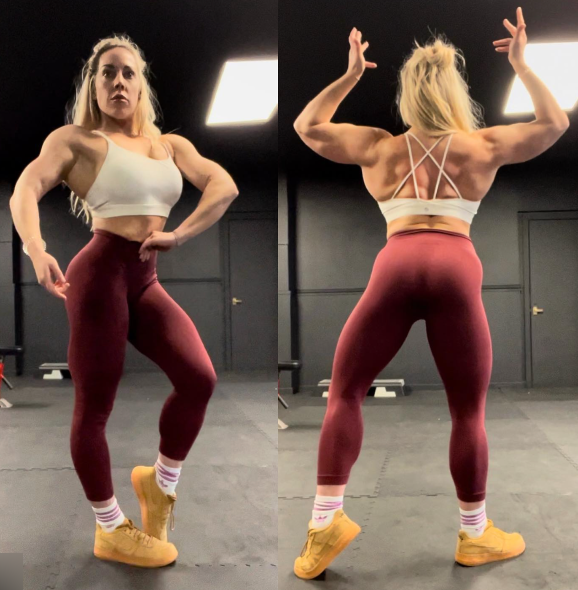
Lat Pulldowns & Pull Ups
Lat pulldowns and pull-ups are a staple exercise for building a strong and defined back. They primarily target the lats, but also engage the biceps, traps, and rhomboids. To perform this exercise, sit on a lat pulldown machine and grip the bar with an overhand grip. Pull the bar down towards your chest, keeping your elbows close to your body. Pause briefly at the bottom before slowly returning to the starting position, make sure to emphasis the stretch. For the pull – up take a grip outside your shoulder width, similar to the style of grip you’d use for a bench press and aim to pull the top of your chest to the bar. Try to minimise any swinging, and If you’re really good at them be sure to add additional weight with a belt. There’s no shortage of different handles, or machines you can use that also mimic this movement, so find that’s most effective for you and make it a corner stone of your back training. Just be sure to emphasis the stretch you get while training the lats.
Bent Over Rows
Bent over rows are a compound exercise that targets the lats, traps, rhomboids, and erector spinae. To perform this exercise, hold a barbell with an overhand grip and hinge forward at the hips, keeping your back flat and your core tight. Pull the bar towards your chest, squeezing your shoulder blades together, then slowly lower the bar back to the starting position. Personally, I prefer the Pendley variation of this movement which involves a wider grip and a more bent over stance to minimise the amount of body English being used. Can also be performed as a “Seal Row” on a bench and with DBs on an incline bench, or as a single arm movement with the dumbbell row.
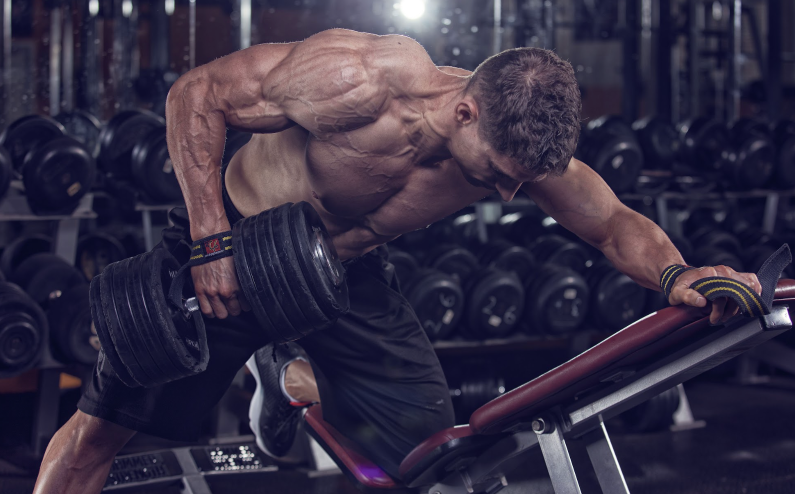
Seated Rows
Seated rows are a great exercise for targeting the middle back muscles, including the lats, traps, and rhomboids. To perform this exercise, sit on a cable row machine with your feet on the footrests and grip the handles with both hands. Pull the handles towards your chest, squeezing your shoulder blades together, then slowly release back to the starting position. This exercise can also be performed using exercise machines, and there are no shortage or plate loaded rows from a variety of angles.
Deadlifts
Deadlifts are a compound exercise that targets the erector spinae, as well as the hamstrings, glutes, and traps. To perform this exercise, stand with your feet shoulder-width apart and grip the bar with both hands using an overhand or mixed grip. Lift the bar off the ground, keeping your back straight and your core tight. Pull your shoulder blades together and drive your hips forward to stand up straight, then slowly lower the bar back to the ground. These can be done as stiff leg deadlifts, conventional deadlifts, from blocks, with chains or bands. If you want to target the lower body and hips more these can also be performed in a sumo style or with a trap bar.
Pull Downs & Pull Overs
Often considered as a finisher or isolation movement, these can be performed with dumbbells across a bench, cables with a rope or most notably using a pull over machine. Dorian Yates swore by the Nautalis pull over machine as being one of the number one reasons why he manage to develop such a great set of lats. Few exercises seem to hit the lats quite like a pull over, the trick like most of these movements is to focus on maximising the range of motion and controlling the weight with a consistent and smooth tempo, while getting an excellent stretch when your elbows are extended parallel to the head.
Thickeners, Width, Sculpting and Program Considerations
One the most common misconceptions around back training is there are exercise superior for developing back thickness or a 3D look. Conversely there are also exercises useful for building width, or the X frame. Finally, there is also a belief there are exercise superior for developing detail in the back. As always things are more complex. Although some exercises obviously target certain areas more effectively than others e.g Lat pull downs vs shrugs for the lattisumus dorsi. All exercises will build thickness to varying degrees and all will enhance the amount of detail in the back. If you gain muscle in your latissimus dorsi for example from doing lat pull downs and pull ups, not only will you gain muscle laterally helping you develop you a v taper, but you’ll gain muscle in the horizontal plane adding that 3D dimensions to your physique. Moreover, the more muscle you have in your physique and the lower your body fat levels, the more detail you’ll see when hitting your back shots. If you don’t have the back muscle, you’ll not have the detail.
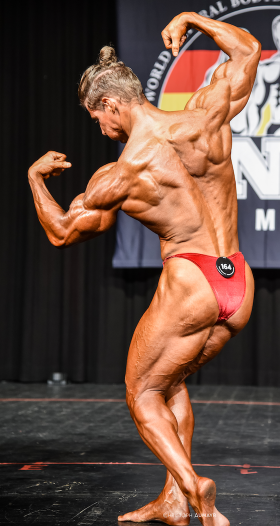
Don’t get the wrong end of the stick on this point, not all back exercises are created equal. Compound exercises like the deadlift, bent over row, or T-bar row will recruit a great number of muscles when performed. On the contrary, they’re also the most taxing and energy sapping exercises, and although they may recruit many muscles in the back, they might not target an individual muscle quite as well as an isolation exercises like a single arm cable row. A useful strategy therefore is for the trainer to design programs which combine compound and isolation exercises to help manage fatigue, or to do more than one session in the week, focusing on some combination of the both. For example: sessions might focus on machines vs free weights and isolation exercises vs compounds with rep ranges manipulated around heavier and lighter sessions. The final considerations revolve around weaknesses and or touch up training, where an individual has great back development, they may wish to avoid twice per training sessions. With all this in mind it’s time to put all this knowledge into action check out the sample training programs below. Try this plan for 4 weeks and see how you get on.
Sample Training Programs For Back Training
Here are two sample training programs, each with about 15 sets per workout, to help you build a strong and defined back.
Program 1: Free Weight Emphasis
| Exercise | Sets | Reps | Notes |
| Pull Ups | 3 | Max reps per set | Perform with weighted belt |
| Deadlifts | 4 | 6 – 8 | 1 Rep in reserve |
| Bent Over Rows | 3 | 10 | 1s pause at the bottom |
| Dumbbell Row | 3 | 12 | 1s pause at the top and bottom |
| Barbell Shrug | 3 | 15 | 1s pause at the top and bottom |
Program 2: Machine Emphasis
| Exercise | Sets | Reps | Notes |
| Seated Low Rows | 3 | 10 | Drop set on the last set |
| Lat Pull Down | 3 | 6 – 8 | Wide Grip Handle |
| Chest Supported Machine Row | 3 | 10 | Partials on the last set to failure |
| Pull Over Machine | 3 | 12 | 2s pause at the bottom |
| Reverse Flys | 3 | 15 | 1s pause at the top and bottom |
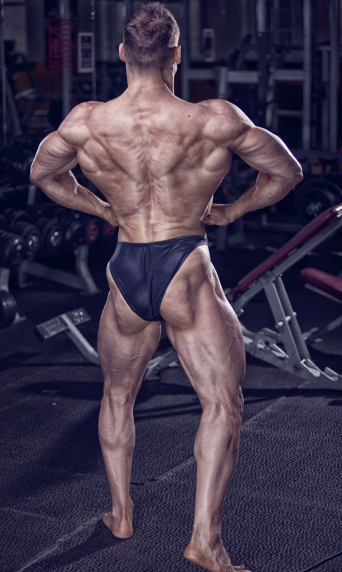
Summary
Back training is a vital component of any well-rounded fitness program. By using a combination of free weights and machines, you can target all the major muscle groups in the back and achieve a strong, defined, and healthy back. Remember to train from multiple angles to hit the complex anatomy of the back and incorporate exercises that target specific muscle groups for optimal results. Combined the a sound training program/principles with proper nutritional support and a coach will help you achieve your desired results. If you found this article useful and think we can help you at ProPrepCoaching then get in touch with us and hit the sign up button today. Click Here
